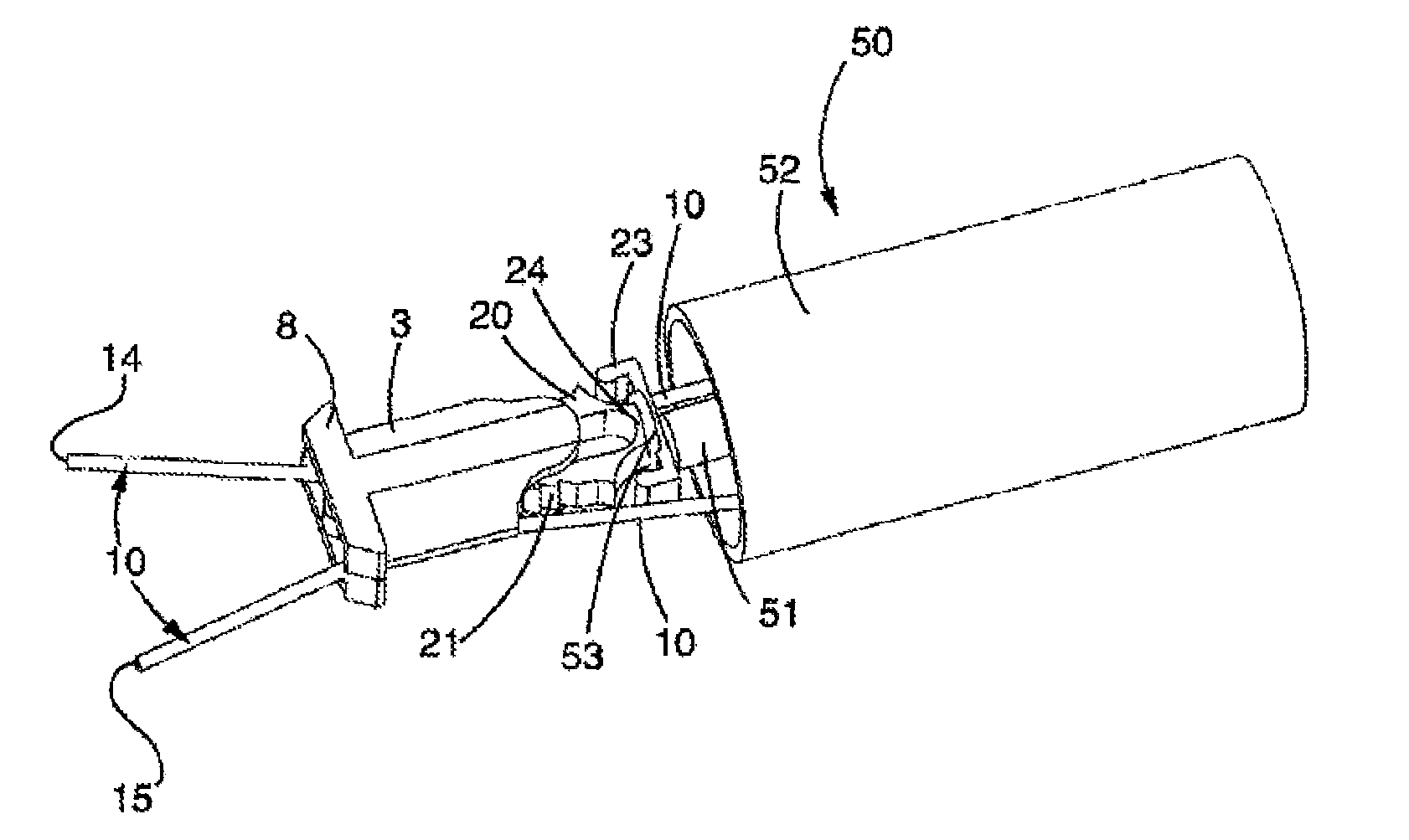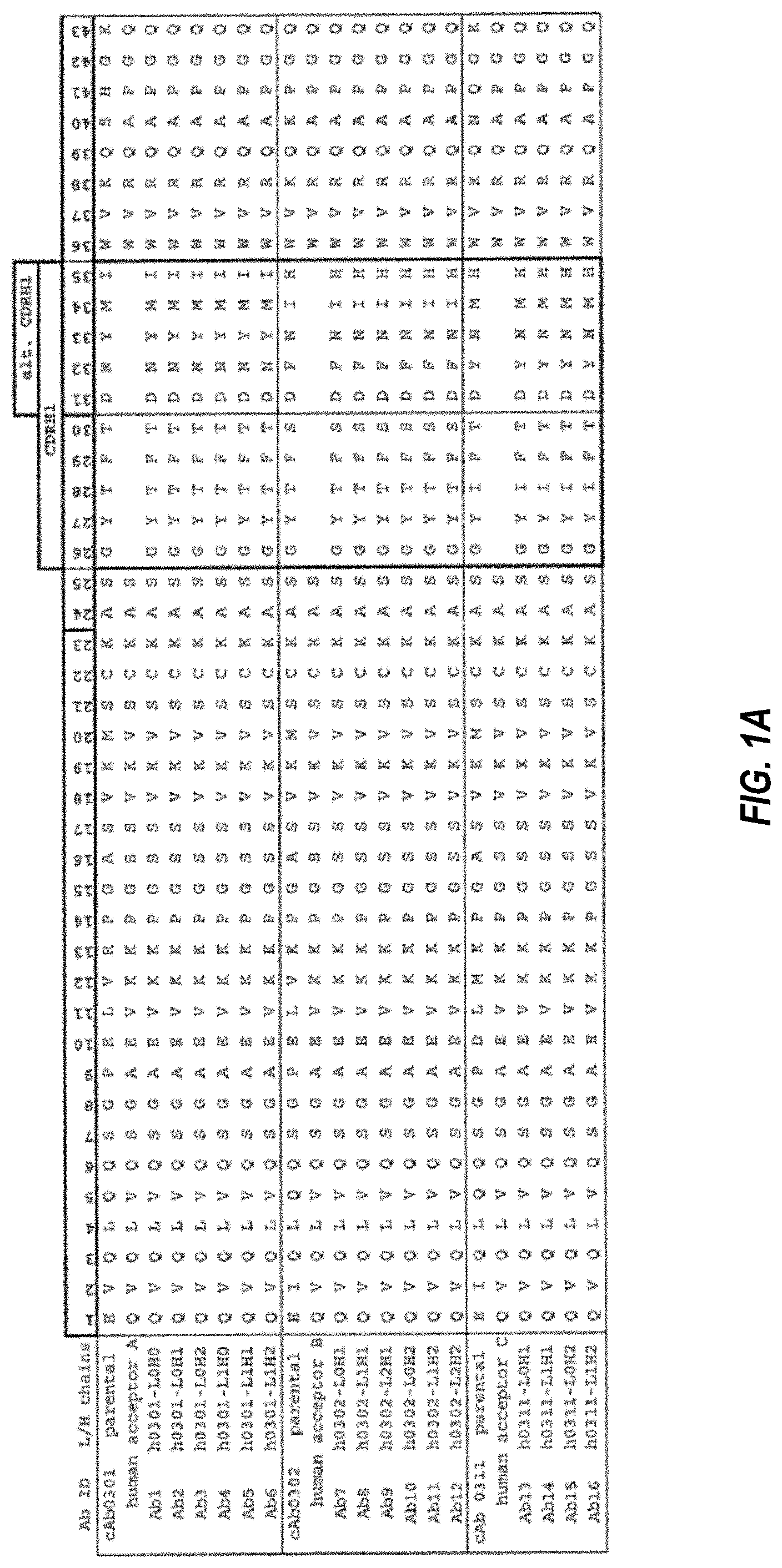Invented by Ozgur Kocaturk, US Department of Health and Human Services
Tensioning devices are designed to apply and maintain tension in various materials, such as cables, wires, ropes, and chains. They are used to secure and stabilize structures, provide support in heavy lifting operations, and ensure the proper functioning of mechanical systems. These devices are available in a wide range of types and configurations, including hydraulic tensioners, mechanical tensioners, pneumatic tensioners, and electric tensioners, among others. Each type of tensioning device offers unique features and benefits, catering to specific industry requirements.
One of the key drivers of the tensioning device market is the growing need for improved safety and reliability in industrial operations. Tensioning devices help prevent accidents and failures by ensuring that materials are properly secured and maintained under tension. This is particularly crucial in industries such as construction and transportation, where the failure of tensioned components can have severe consequences. The use of tensioning devices minimizes the risk of structural collapses, equipment malfunctions, and accidents, thereby enhancing workplace safety and reducing potential liabilities.
Moreover, the market for tensioning devices is also driven by the increasing demand for efficient and cost-effective solutions. Tensioning devices enable precise and controlled tensioning, ensuring optimal performance and longevity of materials and structures. By applying the right amount of tension, these devices help prevent premature wear and tear, reducing maintenance costs and extending the lifespan of components. Additionally, tensioning devices offer quick and easy installation, saving time and labor costs in various applications.
In recent years, advancements in technology have further fueled the growth of the tensioning device market. Manufacturers are continuously developing innovative solutions to meet the evolving needs of industries. For instance, the integration of automation and digitalization in tensioning devices has enabled remote monitoring and control, enhancing operational efficiency and reducing downtime. Furthermore, the development of lightweight and portable tensioning devices has expanded their applications in industries where mobility is essential, such as offshore and aerospace sectors.
The market for tensioning devices and methods of use is highly competitive, with numerous players offering a wide range of products and services. Key market players include companies such as SKF Group, Atlas Copco AB, Hydratight Ltd., and Enerpac Tool Group, among others. These companies are investing in research and development activities to introduce advanced tensioning devices that offer improved performance, efficiency, and ease of use.
In conclusion, the market for tensioning devices and methods of use is witnessing significant growth due to the increasing demand for safety, reliability, and efficiency in various industries. Tensioning devices play a crucial role in securing and stabilizing structures, ensuring the proper functioning of machinery, and enhancing overall productivity. With advancements in technology and continuous innovation, the market is expected to further expand, offering more advanced and tailored solutions to meet the diverse needs of industries.
The US Department of Health and Human Services invention works as follows
A tensioning device is provided comprising a locking device. The locking device consists of a locking enclosure with a groove, and a locking pin with teeth. The tensioning device also includes a suture with first and second sections. The locking pin and the first and third portions of the securing enclosure are positioned in the groove. The locking pin can be moved within the groove from a first outer position where the teeth of the locking device are not engaged to the suture, allowing the locking device to move along the first-and-second portions of suture, and a second inner position where the teeth of the locking device are engaged and prevent the locking device from moving along the suture. “Methods for treating mitral regurgitation are provided.
Background for Tensioning Device and Methods of Use
Mitral valve regurgitation (MVR) is a condition of the heart valves characterized by abnormal blood leakage from the left ventricle into the left atrium. This occurs due to an inadequate coaptation between the mitral leaflets. Normal blood flow is from the left atrium into the left ventricle. Mitral valve regurgitation is characterized as a backward leakage of blood, that is, from the left ventricle into the left atrium. Mitral valve regurgitation can be caused by a number of cardiovascular diseases or injuries, including myocardial ischemia, cardiomyopathy and cardiac fibrosis. Other causes include hypertension, myxomatous valve degeneration, myocarditis and an enlargement of either the left ventricular cavity or mitral annulus. “If left untreated, the mitral regurgitation will weaken your heart over time. This can lead to heart failure.
Despite considerable research into mitral regurgitation there is still a need for improved devices and ways of treating or preventing mitral regurgitation.
In one embodiment, a tensioning device with a locking device and an adjustable tensioning device is provided. The locking device consists of a locking enclosure with a groove, and a locking rod with teeth. The groove of the locking enclosure is positioned with at least two suture portions (e.g. first and second portions), and the locking pin. The locking pin can be moved within the groove from a first outer position where the teeth have been disengaged so that it is possible to move the locking device along both the first and second portions. To a second inner position, the teeth must be engaged so that this locking device cannot be moved along the suture.
In another embodiment, the method of treating mitral regurgitation comprises forming a suture loop around a mitral annulus. The suture is coupled with a locking mechanism consisting of a locking enclosure, and a lock pin. The locking pin has teeth that engage the first or second ends of the suture once the first or second ends have been passed through the locking device and the locking pin has been inserted in the locking device. Moving the locking device along suture allows the method to adjust tension of the suture in order to reduce the size of the mitral valve annulus. The method also involves locking tension around the mitral annulus of the supture by moving the pin.
In another embodiment, there is a locking mechanism for joining two sutures together. The locking device includes an enclosure with an internal cavity, and a distal aperture at the distal end. The moveable member has a distal tip and is at least partially positioned within the cavity. It can be moved between a first and second position. Also provided is a snare with a loop extending from the distal of the moveable. The loop may extend outward from the distal opening. The loop’s effective diameter is the part of the circle that extends beyond the opening. When the moveable element is in its first position, the effective loop diameter is smaller than when it is in its second position. In some embodiments the diameter of the loop in the first position of the moveable member can be smaller than two sutures that will be locked by the locking device. In some embodiments, the biasing member extends from the moveable element and engages the enclosure at least partially to prevent the moveable element from moving from the first to the second positions. The biasing member may include one or more Nitinol curved arms. In other embodiments the moveable member may comprise an internal chamber and a portion from a handle member mounted in the internal cavity can be moved. The portion of handle member within the internal cavity is released by moving the handle member distally. This allows the moveable member to be moved from the first position into the second position.
In another embodiment, the method of treating mitral regurgitation comprises the steps of forming a suture loop around the mitral annulus of the valve and positioning two portions through the loop of a snare. The snare is attached to the distal end of an enclosure’s moveable member, which is mounted partially or fully within a cavity. The loop of the snare can be moved along the suture to adjust the tension of the suture and reduce the size of the mitral valve annulus. The tension of the suture can be locked around the annulus of the mitral valve by moving the moveable part within the cavity. This will cause a portion to move into enclosure through the distal hole, thus reducing the effective diameter of that portion of loop.
BRIEF DESCRIPTION ABOUT THE VIEWS OF MANY DRAWINGS
FIG. “FIG.
FIG. “FIG. 1.
FIG. “FIG.
FIG. “FIG.
FIG. “FIG.
FIG. “FIG.
FIG. “FIG.
FIG. “FIG.
FIG. “FIG.
FIG. “FIG. “Figure 9 shows a configuration in which two sutures are caught by a loop and then secured together.
FIG. “FIG. “Figure 9 shows a configuration in which two sutures are caught by a loop, but they are not secured together.
The devices or methods described in the following embodiments can be used to apply tension on a suture during any medical procedure. The devices and methods described herein can be used to close a surgical incision or treat or prevent medical conditions. The devices and methods described herein can be used, for example, to treat cardiovascular conditions, endoscopic surgery, or orthopedic conditions. By reducing the circumference and increasing the coaptation of mitral leaflets by applying circumferential pressure, the devices and methods disclosed can be used to treat or prevent mitral regurgitation. The devices and techniques disclosed herein allow cardiovascular conditions to be treated percutaneously in a patient, thus avoiding open heart surgery. The devices and methods disclosed can also be advantageously readjusted and maintained in tension. The combination of a locking device and a suture can be used as a cerclage in order to adjust the size of an annulus on the body.
The use of the terms “?a? The terms?a? The words?an?,?the?, and similar terms used to describe the invention (especially in the context of following claims) are to be construed as referring both singularly and plurally. Referents such as?and similar ones’ in the context describing an invention (especially the context of following claims) should be construed in both singular and plural, unless the context clearly states otherwise. The terms “comprising,” ?having,? ?including,? The terms?including,? The terms?including but not limited to? Except where otherwise stated. The recitation of ranges is intended as a way to refer to individual values within the range. Unless otherwise stated, each value falls into the range and is included in the specification just as if they were listed individually. All methods can be performed in any order, unless explicitly stated otherwise or by context. All examples or exemplary language, such as?such a?, are intended to better illuminate the invention. The examples and exemplary language (e.g.,?such as?) provided in this document are intended to help better understand the invention. They do not limit the scope of the patent unless it is otherwise claimed. The specification does not include any language that would imply the non-claimed elements are essential to the practice or invention.
The terms “treat” and “prevent” are used interchangeably. “The terms ‘treat,? As used in this document, the words?treatment’ and?prevention’ do not imply 100% treatment or prevention. There are different degrees of prevention or treatment that a person of ordinary skill would recognize as having therapeutic or potential benefits. The various methods disclosed can be used to treat or prevent disease or injury at any level. The treatment or preventive measures provided by the methods can also include the treatment or avoidance of one or more symptoms or conditions of the disease. For the purposes of this document, “prevention” also includes treatment or prevention of one or more conditions, symptoms, or signs associated with the disease, e.g., mitral valve regurgitation. Delaying the onset or symptoms of a disease or condition can be included in prevention.
Click here to view the patent on Google Patents.









